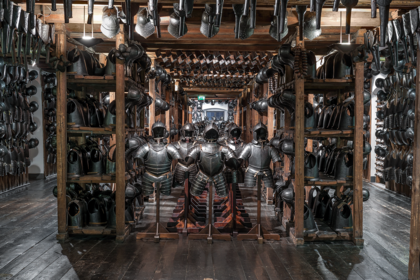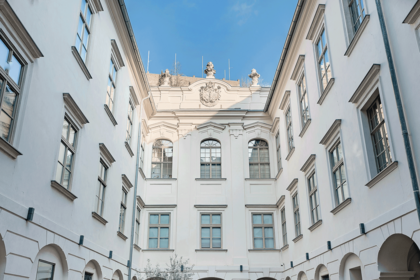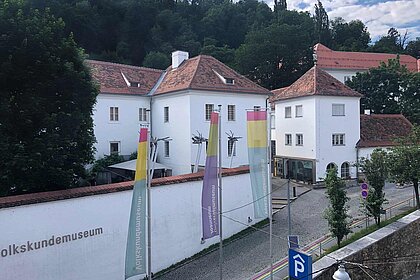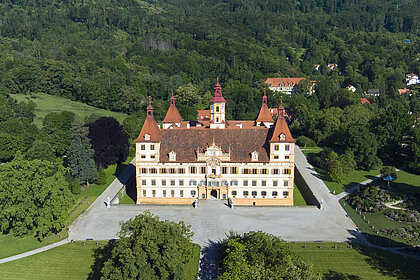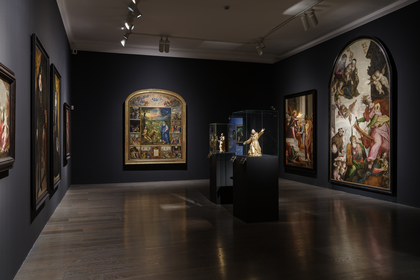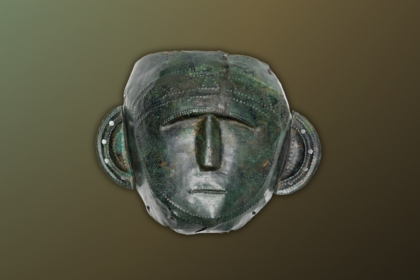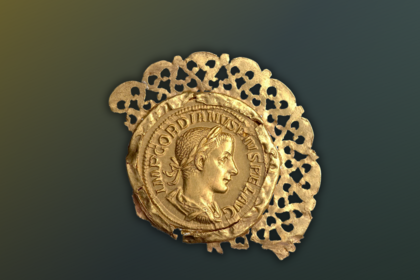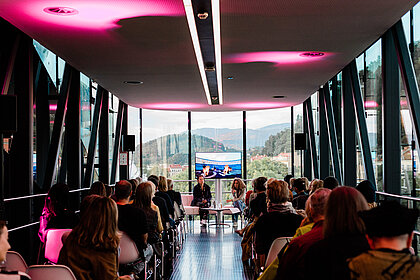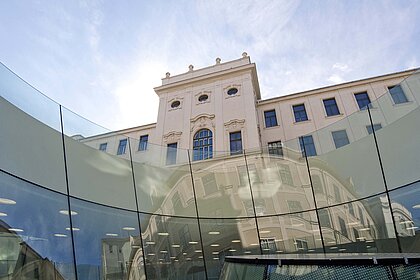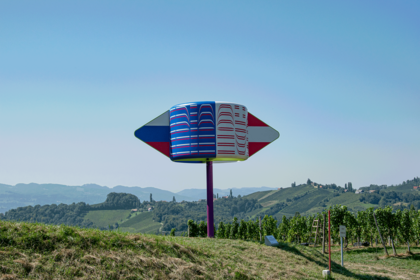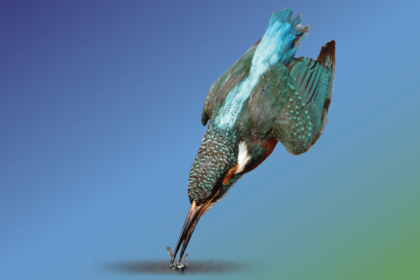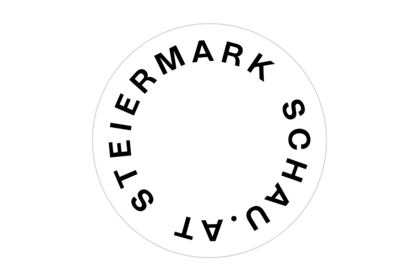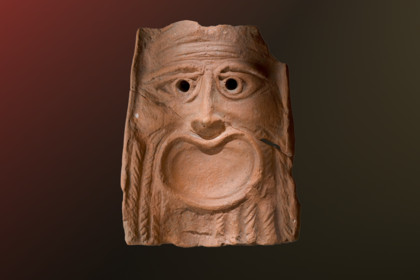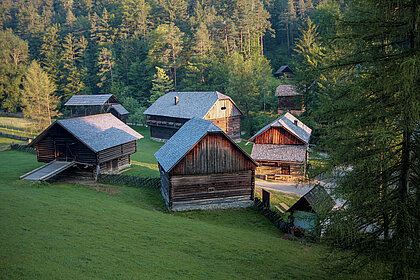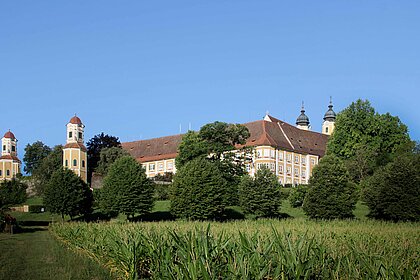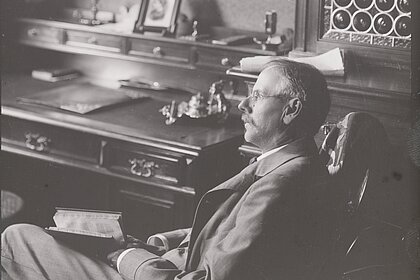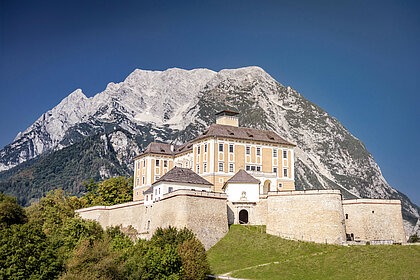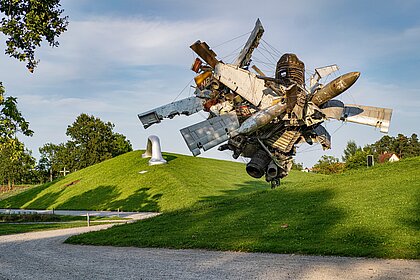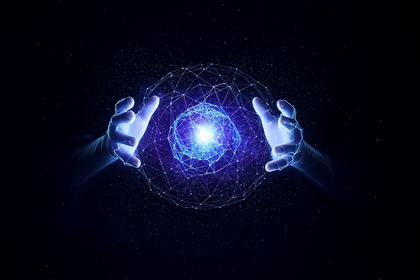In his work he questions man’s idea of nature and the technical aids and devices we use in order to perceive and measure nature. In the course of history one can observe how different models of perception and of relating to space replaced and necessitated one another, parallel with social, ideological, technical and other changes. In all given physical structures there are relationships in the form of socialisation potentials.
For the individual, these models and relations can seem so natural that one can mistakenly assume that they are actual characteristics of our surroundings. These apparently wholly physical experiments with water and light, air and colour, often indirectly based on astrophysical and subatomic research and experiments, are therefore in reality also experiments with our models of perception and environment models and hence also with our social structures. Using his ‘devices for the perception of reality’ he creates, with the simplest means possible, the connection between reality, perception and the portrayal of reality. With cultural technologies he restructures natural processes (the waterfall rises instead of falling down). In this way nature becomes hypothetically a product of civilisation. The difference between natural environment and anthropomorphic system is not differentiated towards the inside but towards the outside. The surrounding is not folded inwards but surrounded from the outside. The surrounding becomes the system, surroundings are surrounded. The traditional difference between nature and culture and their limits are called into question.
In his first comprehensive personal show, which will extend beyond the exhibition space of the first floor and into the courtyard, the Neue Galerie Graz will present the substantial work of this young artist. Eliasson, who participated at the Biennial of Venice in 1999, will be bringing works specially designed for this Graz exhibition as well as earlier works.
Statements
In all existing physical structures (and in our cultural models) relations exist as socializing potential.
Throughout history one can observe how different models of seeing and of relating to space - that is our relation to our surroundings - have replaced one another, parallel with social, ideological, technical and other changes.
Values of a given time will always determine the models and relations through which we choose to conduct our lives. If the values change, the relations change as well.
For the single person these models and relations can seem so natural that one can make the mistake of thinking that they are actual characteristics of our surroundings.
Through a given time's scale of values we structure our surroundings in such a way that they appear meaningful and as an understandable entity.
However, at the same time this specific relation also sets up a kind of limitation for what we perceive and understand from our surroundings, because it excludes or surpresses any knowledge which clashes with its meaningful entity.
"Surroundings surrounded" is a book which will investigate the above ideas with regards to our understanding and perception of spatial relations, physical environments, and other time-space related structures and conducts.
The book will contain around 50 texts all coming from different fields of science and art related practices. I am proposing a sort of encyclopaedic collage of ideas relating to the above.
Exhibition Catalogue:
A book with approximately 50 texts from different fields of science and art, an encyclopaedic collage of ideas, will be published by Hatje-Cantz publishers.
